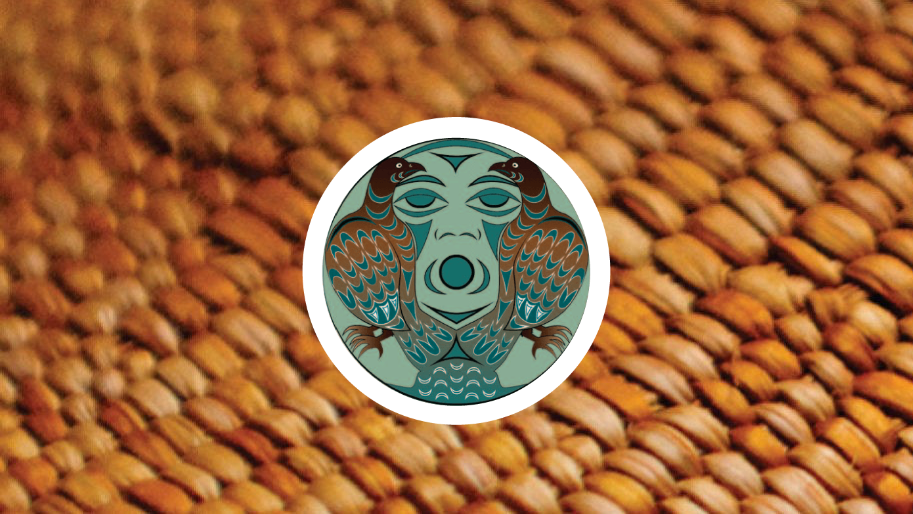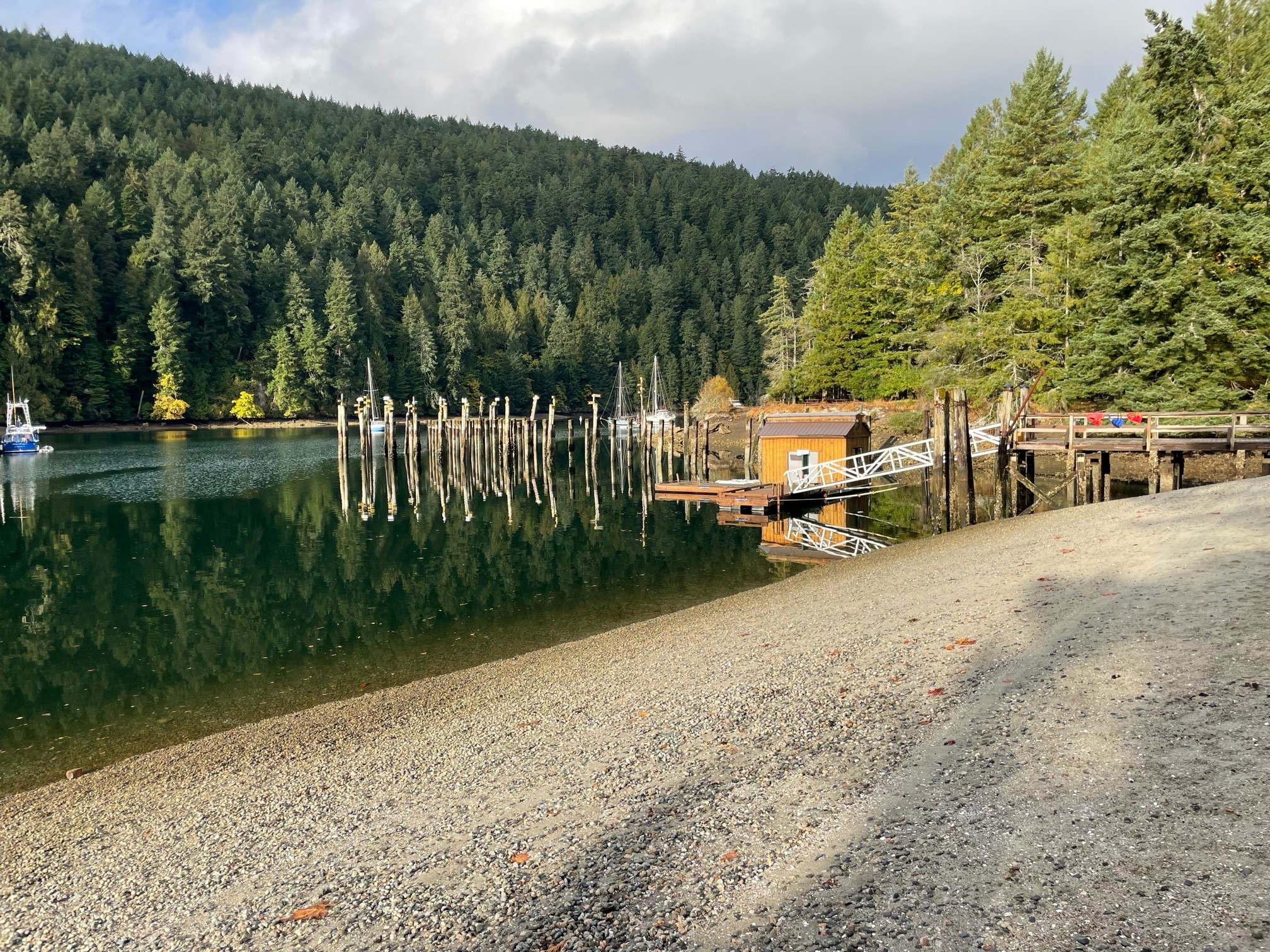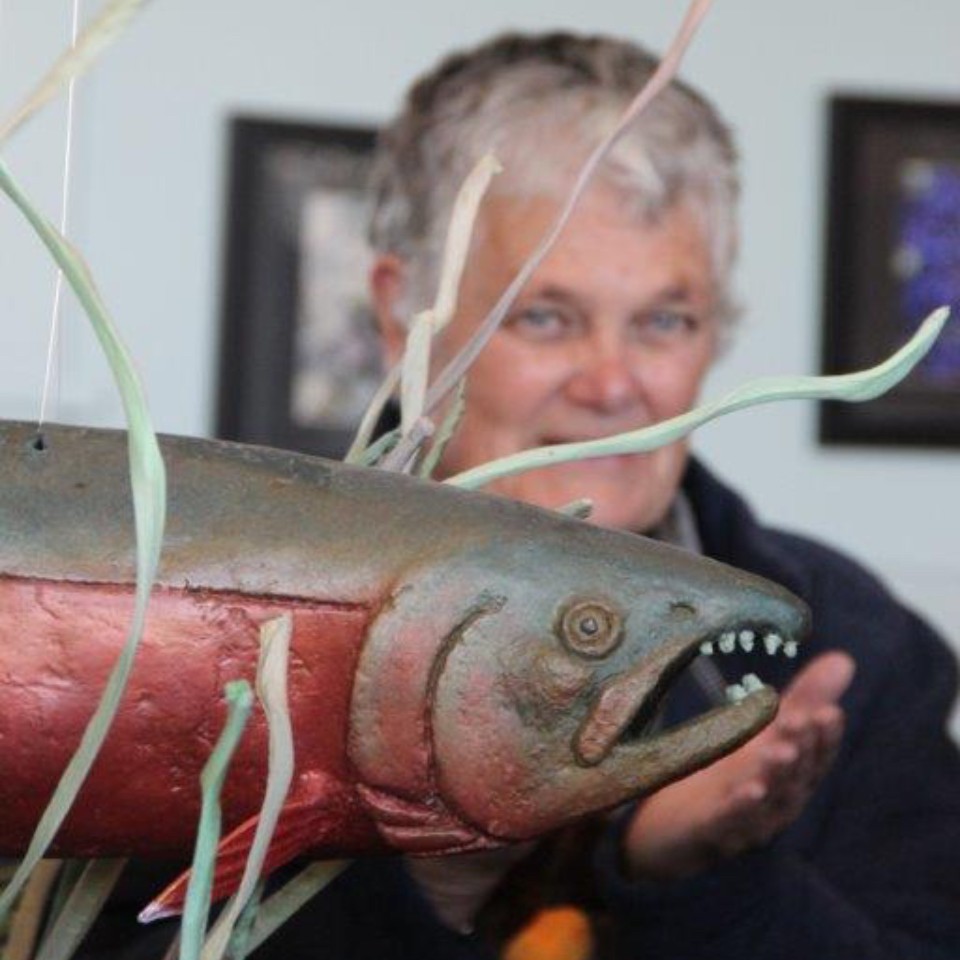SṈIDȻEȽ means “Place of the Blue Grouse” and is a place of Indigenous cultural renewal and ecological restoration. Pronounced ‘sneed-kwith’ in the SENĆOŦEN language, it has significant historical and sacred value for WSÁNEĆ (Saanich) peoples. It is also an extremely popular provincial park. A network of forest, meadow, wetland, riparian and marine ecosystems, the site provides a rich opportunity to educate the public about traditional WSÁNEĆ uses for a great diversity of plants. Recovering from decades of industrial use, it also creates opportunities for ecological restoration.
SṈIDȻEȽ History
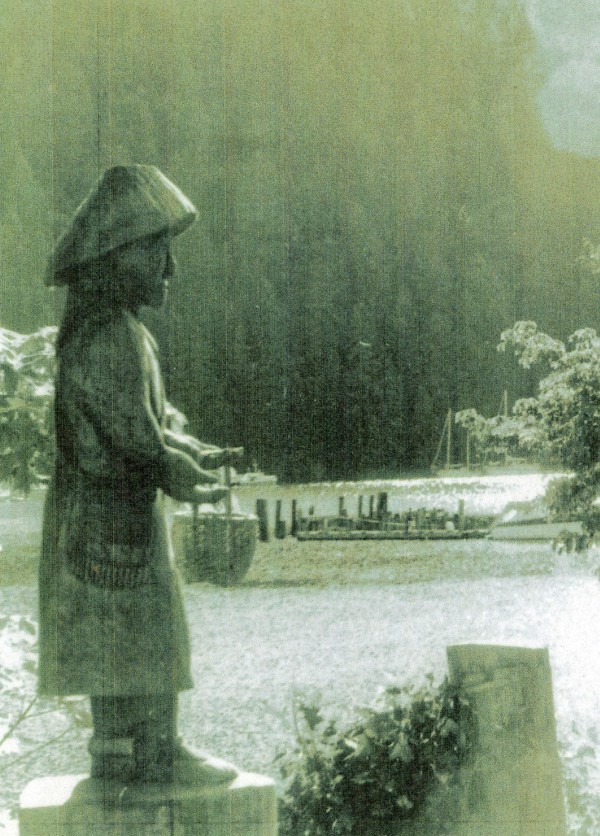
SṈIDȻEȽ is a very sacred place. The W̱SÁNEĆ connection to this place goes back to the very beginning of W̱SÁNEĆ history. The elder STOLȻEȽ (John Elliott, Tsartlip First Nation) tells the story of the very first W̱SÁNEĆ person named SLEMEW̱ (Rain) being placed here by XALS (the Creator). The W̱SÁNEĆ people lived at SṈIDĆEȽ for centuries until the 1600s, when a Haida raiding party came and burned the village here. Afterwards the survivors of this raid left to found the two villages currently known as W̱JOȽEȽP (Tsartlip) and SȾÁUTW̱ (Tsawout).
SṈIDȻEȽ means “Place of the Blue Grouse” in SENĆOŦEN, the language of the W̱SÁNEĆ people. The presence of blue grouse is an indicator of an area with abundant traditional food resources for the W̱SÁNEĆ people. Ancient shell middens from the W̱SÁNEĆ occupation can still be found throughout the area, as well as culturally modified trees that are hundreds of years old yet still thriving due to the sustainable nature of this harvesting practice.
Settler History
SṈIDȻEȽ was renamed Tod Inlet by European settlers for John Tod of the Hudson’s Bay Company in 1859. Settlers began moving in and commencing agricultural production in the broader region. From 1904-1913, the Vancouver Portland Cement Company operated a limestone quarry in SṈIDȻEȽ, which eventually led to the environmental degradation of the adjacent lands and seafloor of the inlet. The area around the cement quarry became home to the Chinese and Sikh men who worked there, and evidence of their lives is also present throughout the forests of SṈIDȻEȽ.
Settlers and their families dwelled in the residences built during the cement plant era right up until the 1950s. There are still people who come to visit the old cement foundations that were once the homes they lived in as children. Many of these houses were used by local firefighters as training practice once they began to fall apart. In the 1980s there was a proposal for the development of a large marina at SṈIDȻEȽ; this development was strongly opposed by local community groups and First Nations who eventually won their fight to protect these lands. Today SṈIDȻEȽ is surrounded by the lush forests of Gowlland-Tod Provincial Park, which was established in 1994 as a part of the Commonwealth Heritage Legacy Program.
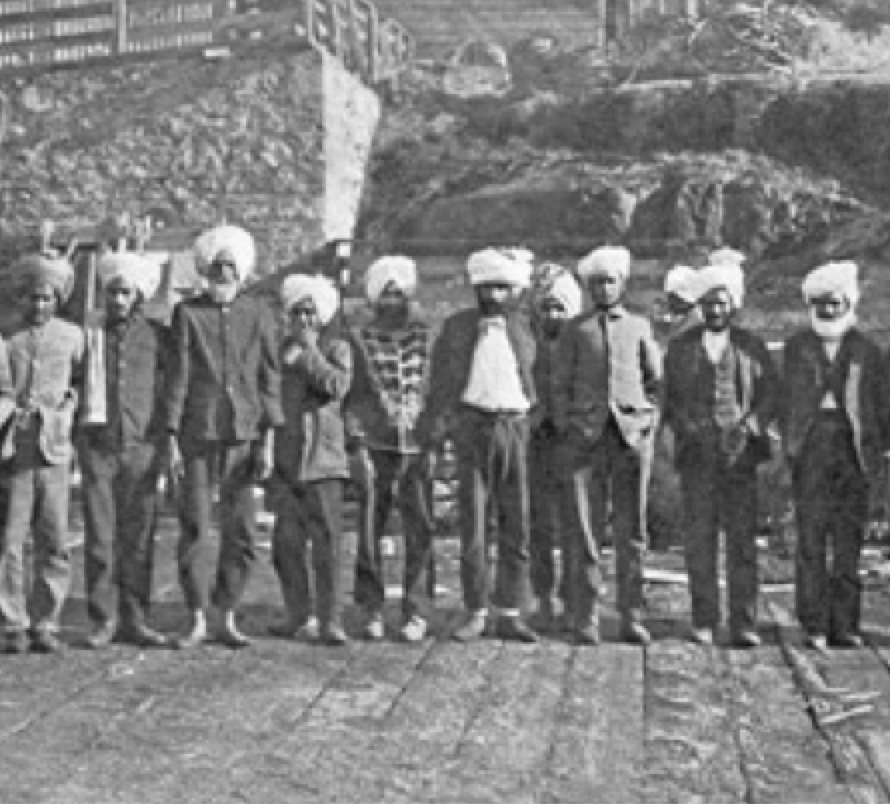
In 2000, SeaChange restored 1800 eelgrass shoots in SṈIDȻEȽ with community and government support. Little did we know this was the beginning of an odyssey of ecological and community restoration in the Salish Sea. Today we engage communities in the restoration of terrestrial native vegetation along shorelines and of course eelgrass! For more information, click here to see the SṈIDȻEȽ section of our Past Projects page.

